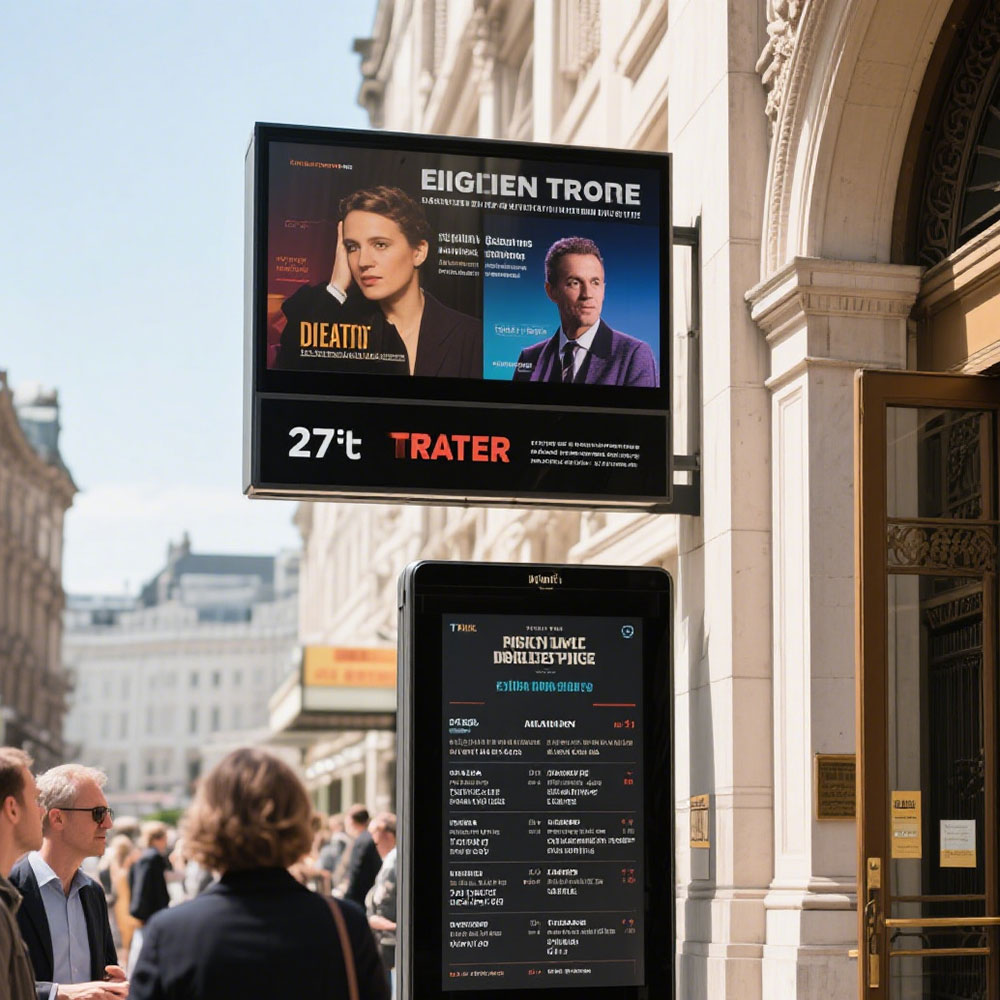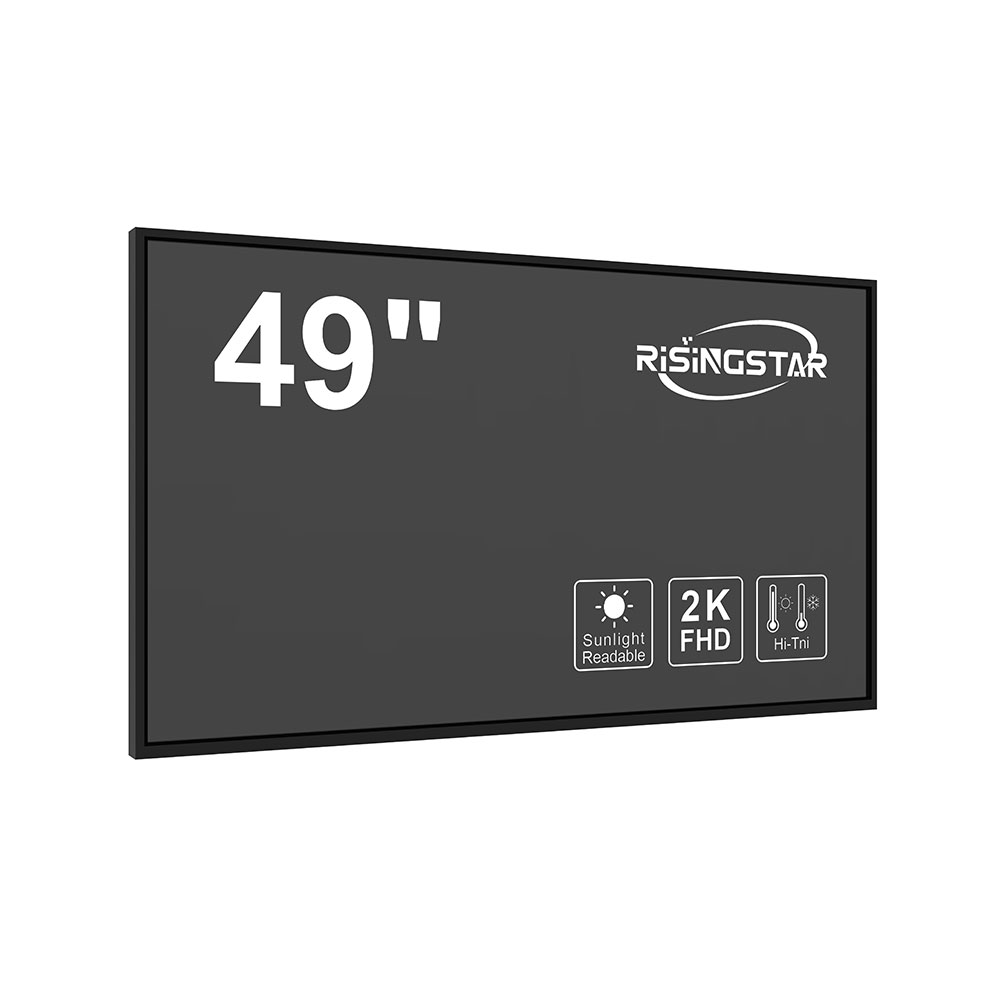When it comes to outdoor advertising and digital signage, a window-facing display must perform reliably under extreme environmental conditions while delivering crisp visuals that capture attention. These displays are commonly used in retail stores, restaurants, public transportation hubs, and urban kiosks—places where visibility and durability are critical.
The key to success lies in understanding the technical specifications that differentiate high-performance outdoor LCDs from standard indoor models. First, brightness is paramount—most window-facing screens require at least 5,000 nits of peak brightness to remain legible in direct sunlight. This level of luminance ensures content remains clear even during midday glare, which is especially important in commercial zones with heavy foot traffic.
Second, IP ratings matter. An outdoor display should have a minimum IP65 rating to resist dust ingress and water splashes, while IP67 or higher provides protection against temporary submersion—a crucial feature for installations near windows exposed to rain or snow.

Third, viewing angles and color accuracy must be maintained across wide angles. Unlike indoor displays, window-facing units often serve multiple viewers from different positions, so wide viewing angles (typically 178° horizontal and vertical) ensure consistent image quality from all directions.

Additionally, temperature resilience is essential. Professional-grade outdoor LCDs are built with wide operating temperature ranges—from -20°C to +60°C—to function reliably in both winter chill and summer heat. This thermal stability prevents screen burn-in, pixel degradation, or backlight failure over time.
For businesses seeking long-term ROI, consider LED-backlit or OLED-based solutions. While initially more expensive, they offer superior contrast ratios, energy efficiency, and lifespan compared to traditional CCFL-backlit panels. Some manufacturers now integrate automatic brightness adjustment via ambient light sensors, further reducing power consumption without compromising visibility.
Installation best practices also play a role. Mounting brackets should include weatherproof enclosures, and cable management systems must prevent moisture ingress. For retail applications, using anti-glare coatings and polarization filters can significantly reduce reflections—especially important when displaying promotional content on store fronts.
Case studies from major retailers like Starbucks and Target show that well-engineered window-facing displays increase customer engagement by up to 40%, particularly when integrated with dynamic content scheduling and real-time updates via cloud-based platforms.
Ultimately, selecting the right outdoor LCD for window-facing use requires balancing performance, durability, and cost-effectiveness—not just choosing the brightest screen available. By prioritizing certified components, environmental resilience, and user-centric design, businesses can ensure their digital signage remains impactful year-round.







